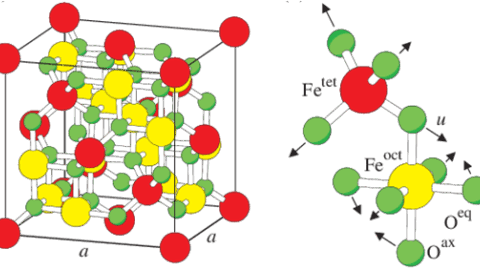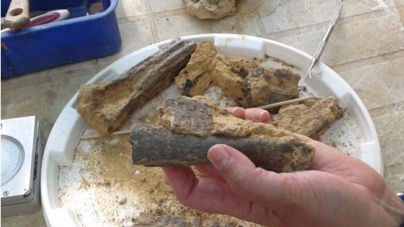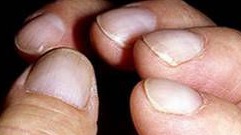
silicon nitride
Determination of the bonding environment of N and the density of empty states. Effect of the O and H inclusion, ion implantation, annealing and growth method. Silicon nitride finds application in microelectronics

group III nitrides
Determination of the bonding environment around Ga, In, N in binary AlN, GaN, InN semiconcutors and their alloys. Effect of ion implantation, alloying and temperature. Group III nitrides are direct band gap semiconductors and find applications in the fabrication of light emitting devices as well as in high temperature/ high power microelectronics.

vitrified industrial wastes
Spatial distribution, bonding geometry and oxidation state of Fe, Pb, Cr which are present in toxic wastes from oil distilleries, tanneries etc. The bonding environment of these elements is crucial for their immobilization and inactivation in glass or glass-ceramic products which are prepared by means of vitrification.

toxic elements adsorbents
Oxidation state and adsorption type of As, Cr on Fe,Mn nanoporous (hydroxy)oxides etc. These elements are contained in natural waters and when they are present in certain oxidation states [e.g. As(III), Cr(VI)] they are toxic for the human organism. The investigation of their oxidation/reduction to less toxic species as well as the determination of the way they are trapped on the surface of the adsorbent are important because they determine the amount of the element that can be removed from the water.



